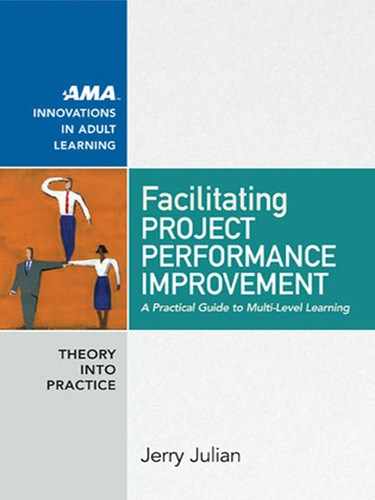150 American Management Association
www.amanet.org
As representatives of investors, shareholders, or the public in general,
senior leaders are responsible for establishing the organization’s mission
and vision, as well as its strategic objectives and plans. These objectives
may include enhancing revenue growth, improving productivity, increas-
ing customer loyalty, or delivering higher levels of service. To accomplish
these aims, strategies must often be translated into discrete projects and
programs that must be executed e ectively in order to produce the busi-
ness transformation desired. These initiatives often represent signi cant
investments, and may include such things as developing and launching in-
novative new products, making operations and technology improvements
that increase quality and productivity, upgrading supply chain technolo-
gies, executing mergers and acquisitions that grow the rm’s market share
and increase its competitiveness, or nding ways to deliver business results
to customers faster and more e ectively than ever before.
While senior teams and their designates are responsible for formulat-
ing successful strategies, these strategies will almost always need to be en-
hanced, adjusted, and modi ed as conditions “on the ground” change and
new information becomes available. The reality is that strategies require
continual re nement to ensure that they are e ective and relevant. Adapt-
ing strategies to changing conditions is not a sign of weakness, vulner-
ability, or lack of determination. Rather, when e ective learning mecha-
nisms are in place, adaptation is a sign of strength, competitiveness, and
strategic agility that will enable the organization to utilize its resources
more e ciently in achieving its strategic aims. The bene ts include re-
7 FACILITATING LEVEL 3:
STRATEGIC PORTFOLIO
ALIGNMENT
..................Content has been hidden....................
You can't read the all page of ebook, please click here login for view all page.
